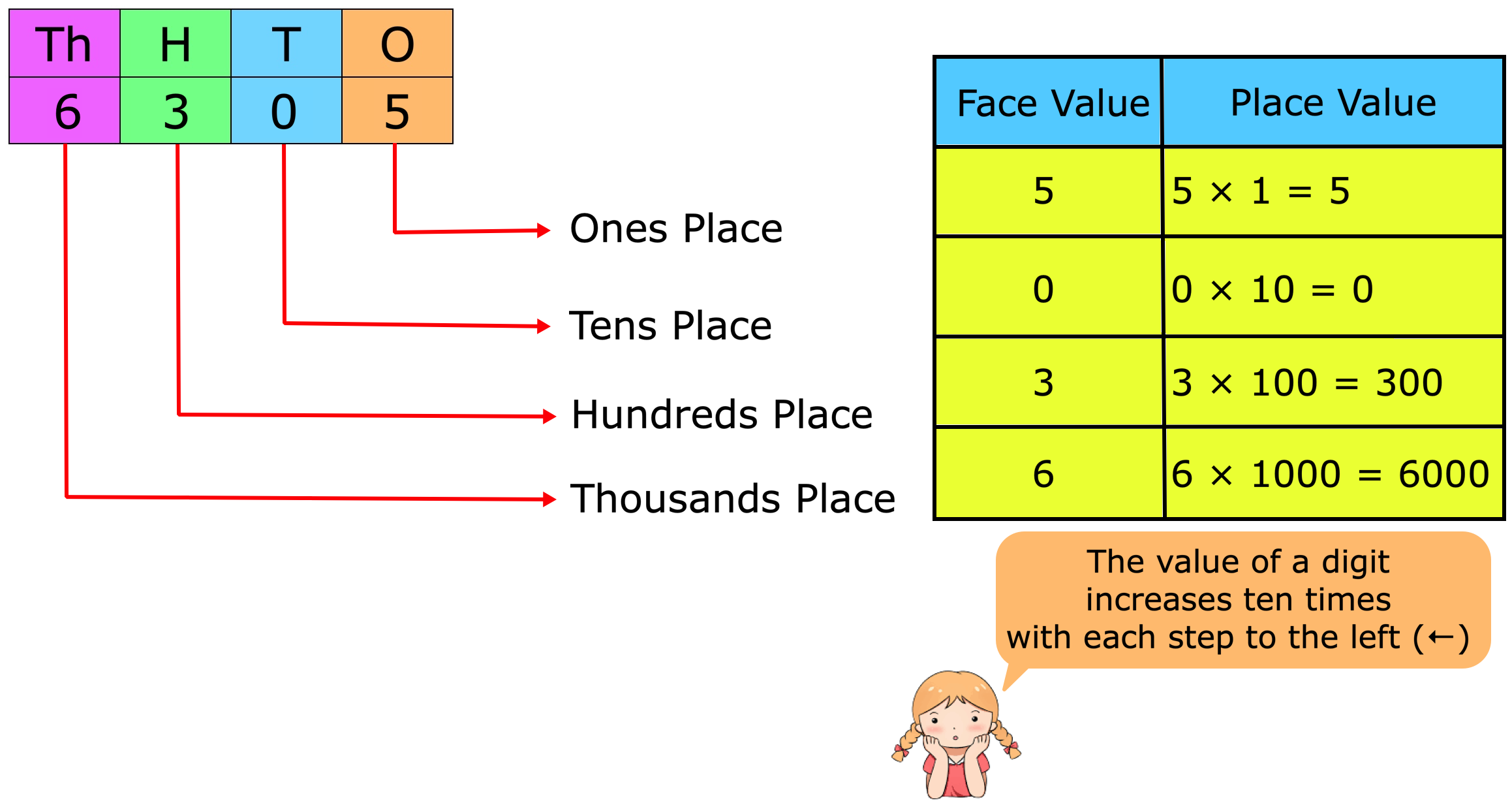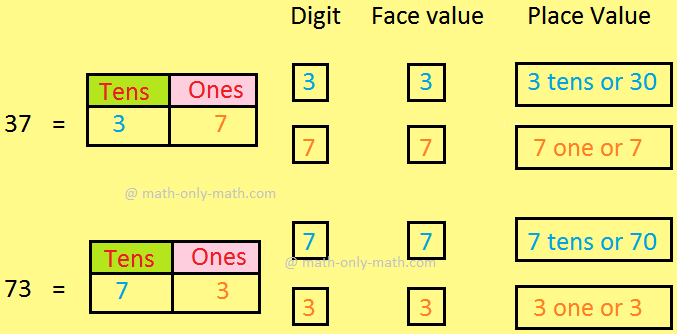Problems on Geometric Progression
Here we will learn how to solve different types of problems on Geometric Progression.
1. Find the common ratio of the Geometric Progression whose, sum of the third and fifth terms is 90 and its first term is 1.
Solution:
The first term of the given Geometric Progression a = 1.
Let ‘r’ be the common ratio of the Geometric Progression.
According to the problem,
t_3 + t_5 = 90
ar^2 + ar^4 = 90
r^2 + r^4 = 90
r^4 + r^2 – 90 = 0
r^2 + 10r^2 - 9r^2 - 90 = 0
(r^2 + 10)(r^2 - 9) =0
r^2 - 9 = 0
r^2 = 9
r = ±3
Therefore, the common ratio of the Geometric Progression is -3 or 3.
2. Find a Geometric Progress for which the sum of first two terms
is -4 and the fifth term is 4 times the third term.
Solution:
Let ‘a’ be the first term and ‘r’ be the common ratio of the given Geometric Progression.
Then, according to the problem the sum of first two terms is -4
t_1 + t_2 = -4
a + ar = -4 .................. (i)
and the fifth term is 4 times the third term.
t_5 = 4t_3
ar^4 = 4ar^2
r^2 = 4
r = ±2
Putting r = 2 and -2 respectively in (i), we get a = -4/3 and a = 4.
Thus, the required Geometric Progression is -4/3, -8/3, -16/3, ............ or 4, -8, 16, -32, ........................
3. Prove that in a Geometric Progression of finite number of terms the product of any two terms equidistant from the beginning and the end is constant and is equal to the product of the first and last and last terms.
Solution:
Let ‘a’ be the first term, ‘b’ the last term and ‘r’ the common ratio of a finite Geometric Progression.
Then the nth term from the beginning = a* r^(n - 1)
And the nth term from the end = b/r^(n -1)
Therefore, the product of two equidistant terms from the beginning and end (i.e., the terms at the nth positions) = a * r^(n - 1) * b/r^(n -1) = a * b = constant = first term X last term. Proved.
● Geometric Progression
- Definition of Geometric Progression
- General Form and General Term of a Geometric Progression
- Sum of n terms of a Geometric Progression
- Definition of Geometric Mean
- Position of a term in a Geometric Progression
- Selection of Terms in Geometric Progression
- Sum of an infinite Geometric Progression
- Geometric Progression Formulae
- Properties of Geometric Progression
- Relation between Arithmetic Means and Geometric Means
- Problems on Geometric Progression
11 and 12 Grade Math
From Problems on Geometric Progression to HOME PAGE
Didn't find what you were looking for? Or want to know more information about Math Only Math. Use this Google Search to find what you need.
Recent Articles
-
Place Value and Face Value | Place and Face Value of Larger Number
Apr 13, 25 03:12 PM
The place value of a digit in a number is the value it holds to be at the place in the number. We know about the place value and face value of a digit and we will learn about it in details. We know th… -
Face Value and Place Value|Difference Between Place Value & Face Value
Apr 13, 25 03:07 PM
What is the difference between face value and place value of digits? Before we proceed to face value and place value let us recall the expanded form of a number. The face value of a digit is the digit… -
Place Value and Face Value | Basic Concept on Place Value | Face Value
Apr 13, 25 02:59 PM
Learn the easiest way to understand the basic concept on place value and face value in the second grade. Suppose we write a number in figures 435 in words we write four hundred thirty five. -
Expressing Place Value and Face Value | International & Indian System
Apr 13, 25 02:35 PM
We will learn expressing place value and face value of a digit in any number in International and Indian system. Place value: We know how to find out the place value of a digit in any number. -
5th Grade Decimals | Word Problem on Decimals | Concept of Decimals
Apr 13, 25 02:16 PM
A fractional number whose denominator is 10 or multiple of 10 is called a decimal. Every decimal has two parts whole number part and decimal part. These two parts are separated by a dot or point. This…





New! Comments
Have your say about what you just read! Leave me a comment in the box below. Ask a Question or Answer a Question.